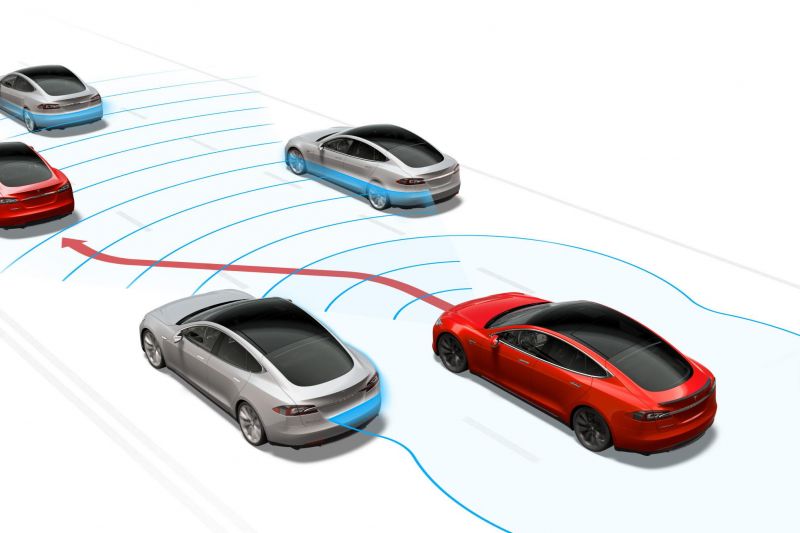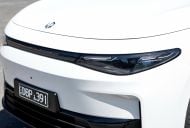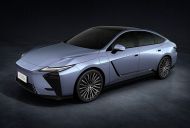It seems as though a 2016 video titled “Full Self-Driving Hardware on All Teslas” showed capabilities that were beyond what the Tesla Autopilot system was capable of achieving at the time.
In the almost four-minute long video released in October 2016, which can still be seen on the company’s website, a Model X seemingly takes its owner from a house in Menlo Park, California to Tesla’s former headquarters in neighbouring Palo Alto.
After dropping the driver off at the front door, the crossover finds itself a parking spot, and reverses in.
While the driver maintains a light touch on the steering, likely to fool the car’s driver monitoring system, the car is shown to do all the driving, including steering, braking, and acceleration.
A card preceding the video states: “The person in the driver’s seat is only there for legal reasons. He is not doing anything. The car is driving itself.”
According to Ashok Elluswamy, then a senior engineer on the Tesla Autopilot program: “The intent of the video was not to accurately portray what was available for customers in 2016. It was to portray what was possible to build into the system.”
When releasing the video, Elon Musk, Tesla’s CEO, tweeted: “Tesla drives itself (no human input at all) thru urban streets to highway to streets, then finds a parking spot”.
While Musk’s assertion may technically be true, Elluswamy said under oath the car was loaded with 3D mapping for a predetermined route from Menlo Park to Tesla’s HQ, a drive we believe takes at least 10 minutes.
This Model X also had features, namely stopping at and starting off from traffic lights, that weren’t commercially available at the time.
Additionally Elluswamy told the court the driver had to intervene on multiple occasions during test runs, and once, during the self-parking component, the Model X crashed into a fence at the car park.
No disclaimers about the true state of the car’s abilities are present in the video.
Elluswamy admissions appear in a court deposition taken in July 2018, which Reuters recently found. At the time Elluswamy was a senior engineer for Tesla’s Autopilot software, and since 2019 he has been director of Autopilot software development.
The Autopilot director’s sworn testimony was made during a lawsuit instigated by the widow of Walter Huang, an Apple engineer who died when his Model X allegedly drove itself into a highway divider.
An investigation by the US National Transportation Safety Board said Huang’s crash was likely the result of the limitations of the Autopilot system, and driver distraction. It also noted “ineffective monitoring of driver engagement” played a role.
Tesla’s assisted driving technology, sold under the Autopilot and Full Self-Driving (FSD) banners, has been under increasing scrutiny of late.
Earlier this month the acting chief of the US National Highway Traffic Safety Administration (NHTSA) stated the body was “investing a lot of resources” into its investigation, which began back in 2021, of whether Autopilot does an adequate job of monitoring drivers.
Both Autopilot and FSD are categorised as Level 2 driver assistance packages, and, as such, requires constant driver attention and monitoring.
In a recent tweet, Musk said an FSD software update due this month may allow select drivers to disable the nag alert requiring them to hold the steering wheel to confirm they are attentive.








